Above & Below
Master of Arts Thesis
Master of Arts Thesis
My work uses abstraction of form to describe the intersection between humans and the environment while relating the landscape of our skin to the ever-changing qualities of the natural landscape surrounding us. The photographic material is stressed resulting in creases and tears as it is being contorted by human impact. At the same time that I am creating something new, I am manipulating artifactual evidence of something that already exists in everyday life. This is akin to how our bodies are distorted by outer influence, as well as our own autonomy. Above and below the surface of our bodies and the natural world do not differ too far from one another.
The landscape images in this series explore the quality and health of the Minnesota River. The work aims to extend beyond the pollution into a broader connection of humans and the ways life affects our surroundings and water sources. As the most polluted waterway within the state, the Minnesota River merges with the Mississippi River, near Minneapolis-St. Paul. The transference of the Minnesota River’s elevated and suspended solids and nutrients eventually contribute to the adverse water quality downstream as the Mississippi River flows through our nation.
We as humans coexist with the natural world through continuous adaptation and the conscious urge to continue living despite the elements that disrupt our being.
Skin Connections 1
folded archival inkjet prints (matte)
folded archival inkjet prints (matte)
River Bodies
folded photo wall installation
folded photo wall installation
River Bodies (detail images)
Skin Connections 2
folded inkjet prints
folded inkjet prints
Geo-Skin Form
inkjet prints, colored paper, wire
inkjet prints, colored paper, wire
Geo-Skin Form (detail)
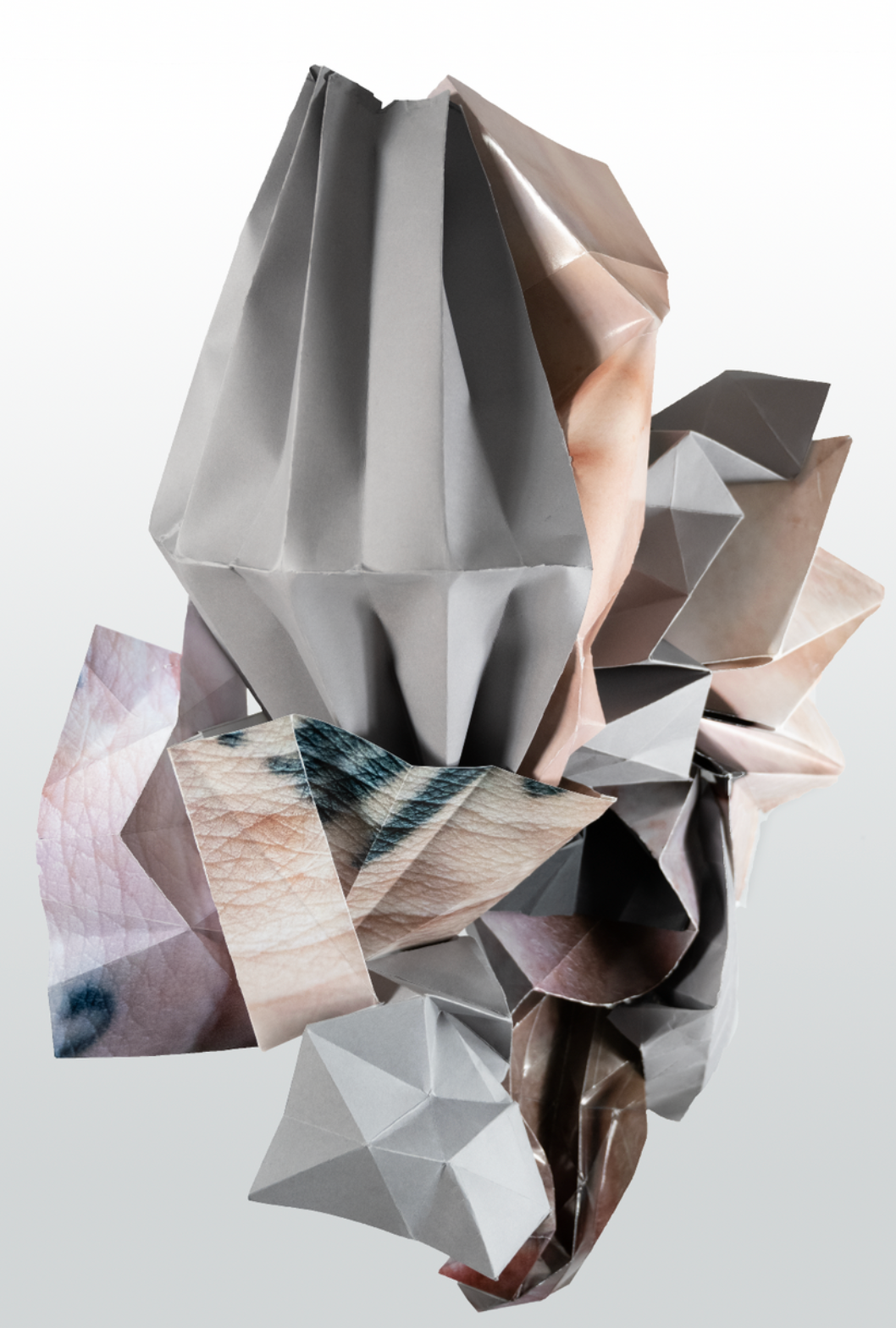
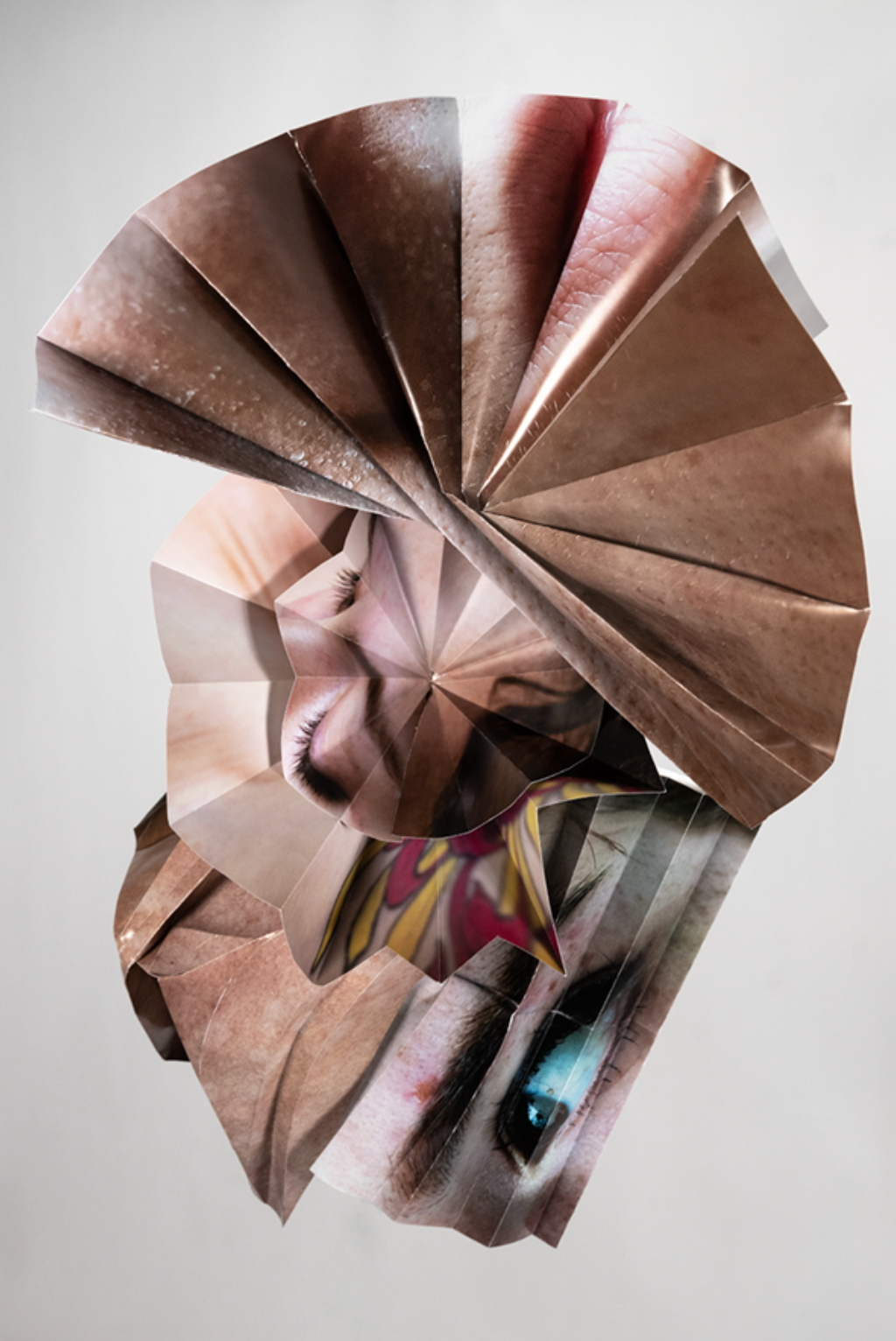
Geo-Skin Form 2
inkjet prints, paper
inkjet prints, paper
Suspended
combined folded inkjet prints
combined folded inkjet prints
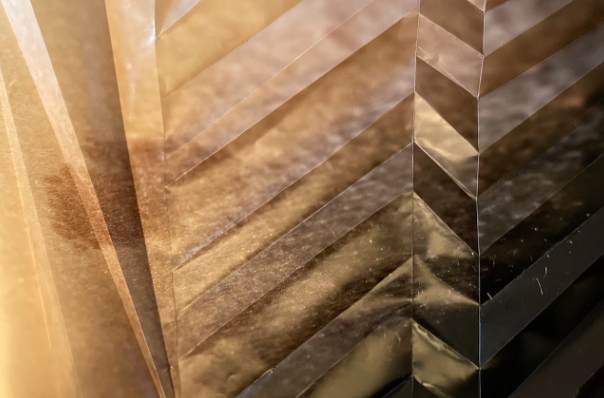

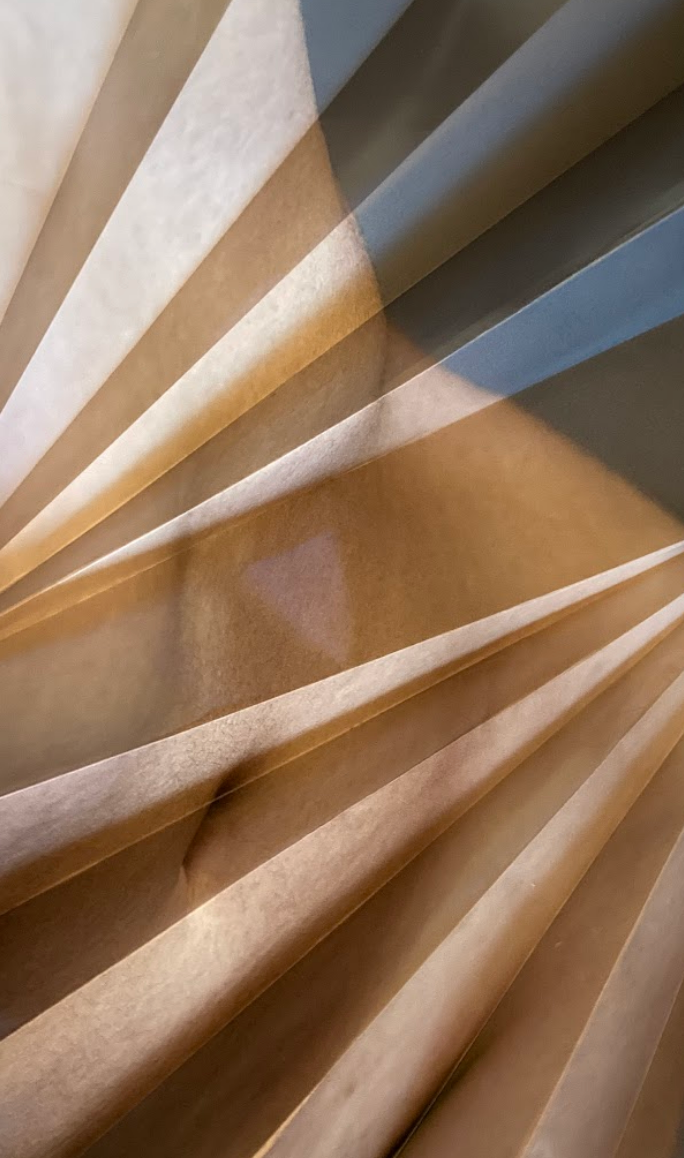
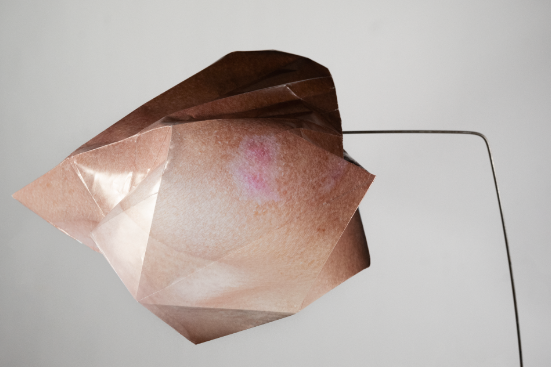
Misc folded experiments
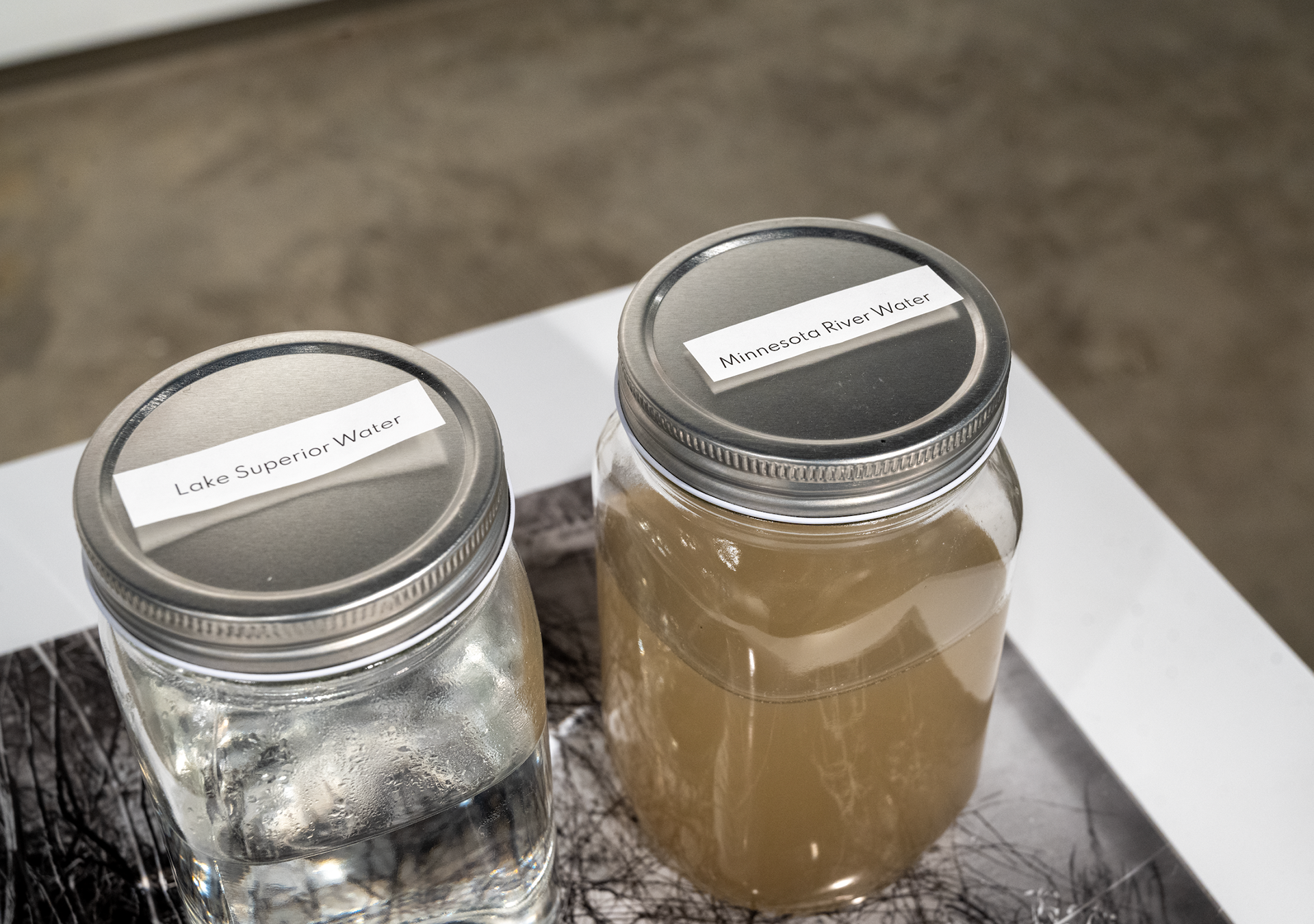

North & South
water quality comparison
Riverside Vegetation
hand cut 120mm film negatives, found plants, trash and river water against lightbox
hand cut 120mm film negatives, found plants, trash and river water against lightbox
Affluent
folded archival inkjet print
folded archival inkjet print
Affluent, side view
Confluence
archival inkjet print
hand cut 120mm film negatives on lightbox
archival inkjet print
hand cut 120mm film negatives on lightbox
Division
archival matte inkjet print
hand cut 120mm film negatives
archival matte inkjet print
hand cut 120mm film negatives
Distressed (Detail)
Submerged
inkjet print of cut film negatives, plants, plastic, river water
mounted on board
inkjet print of cut film negatives, plants, plastic, river water
mounted on board
Ripples Within The Spill
hand cut matte inkjet print of medium format film scan
mounted to floor
hand cut matte inkjet print of medium format film scan
mounted to floor
Ripples, detail
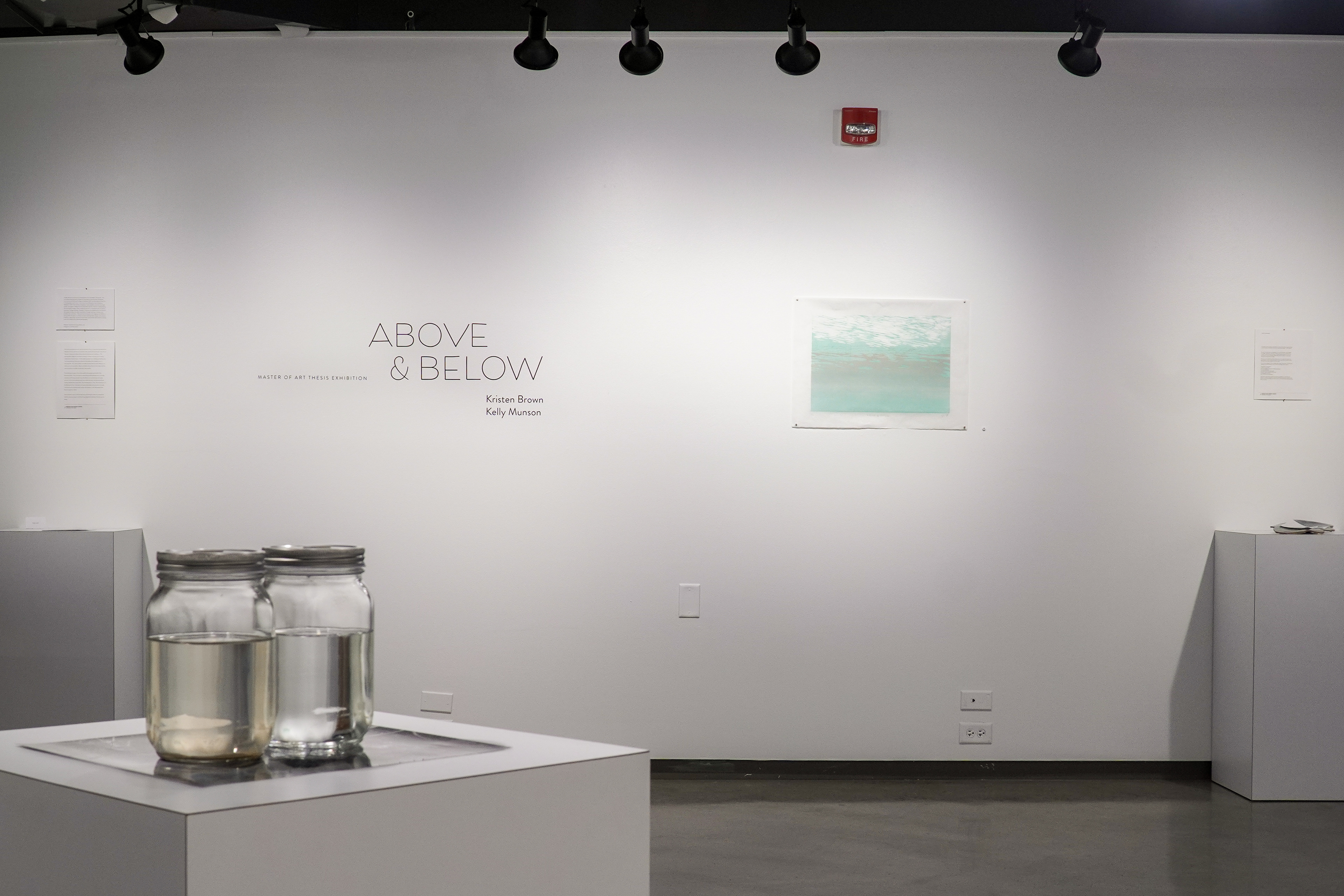
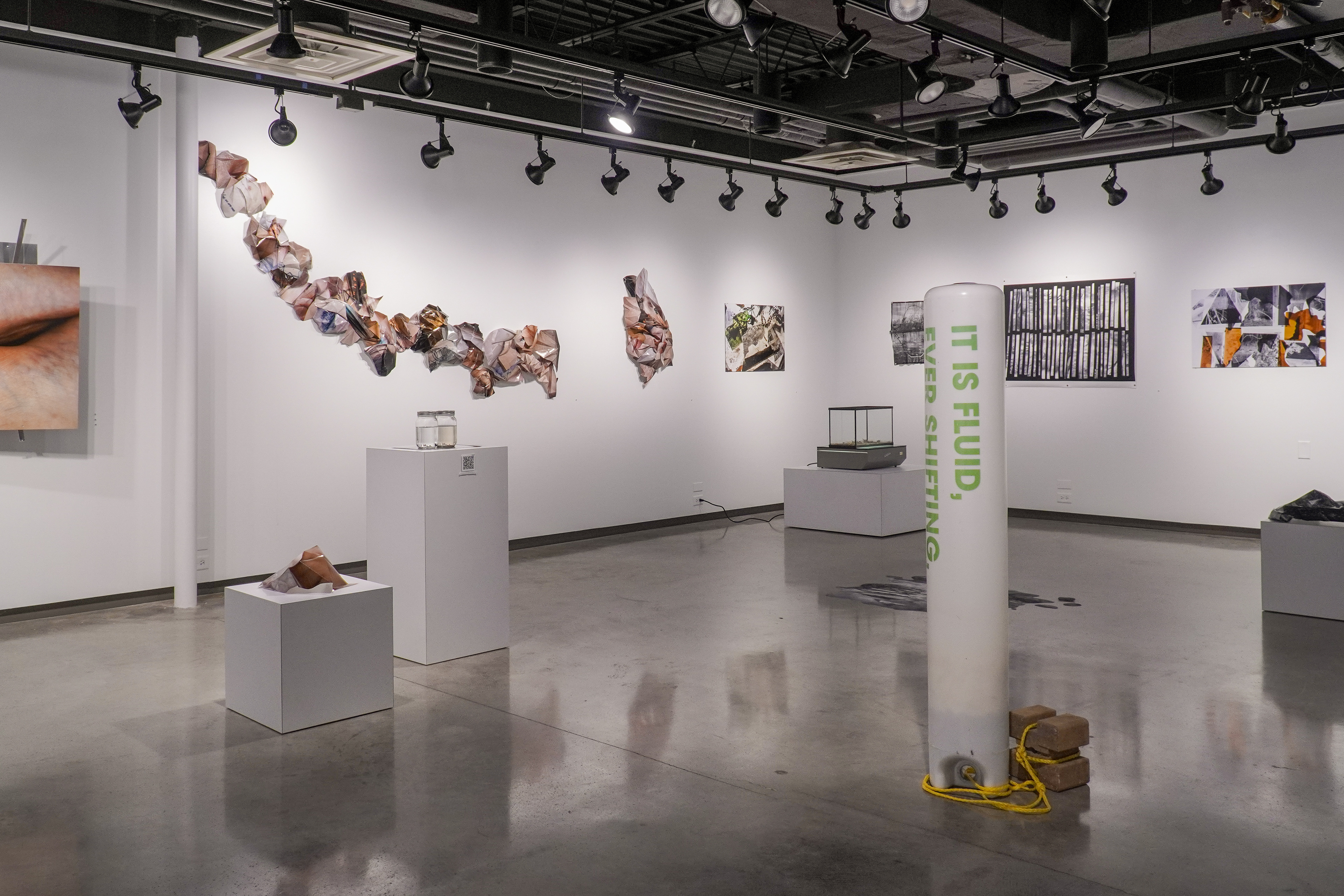

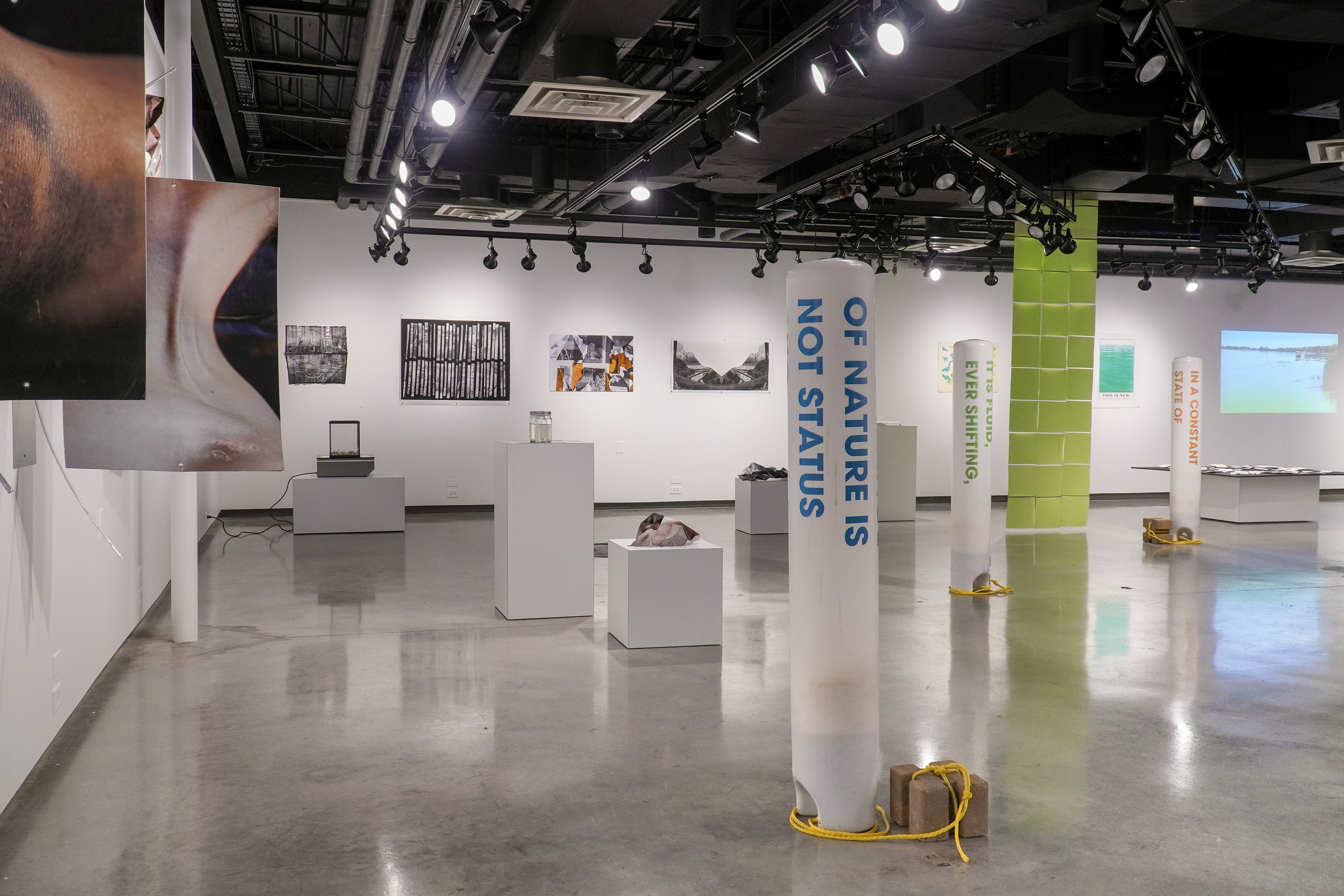
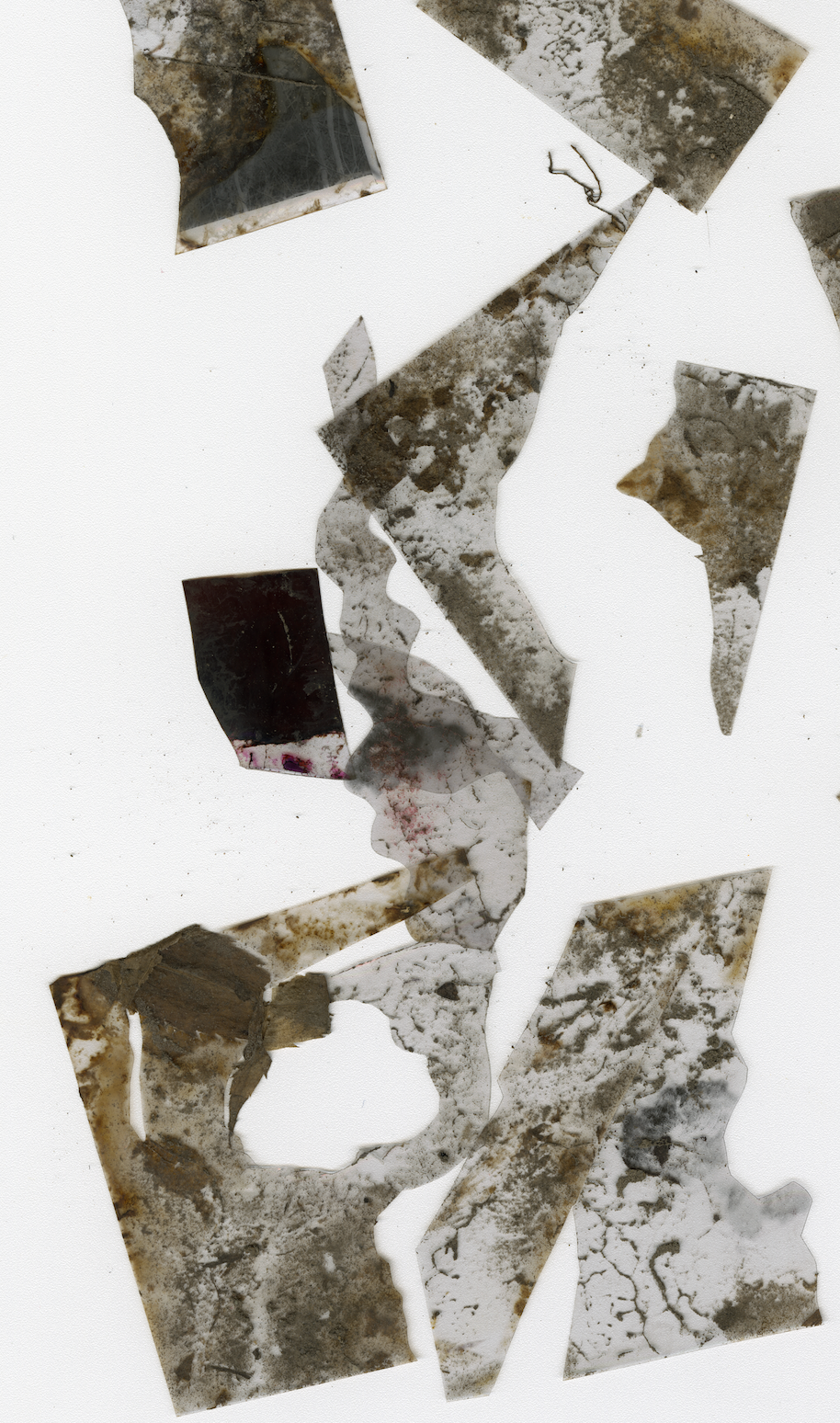
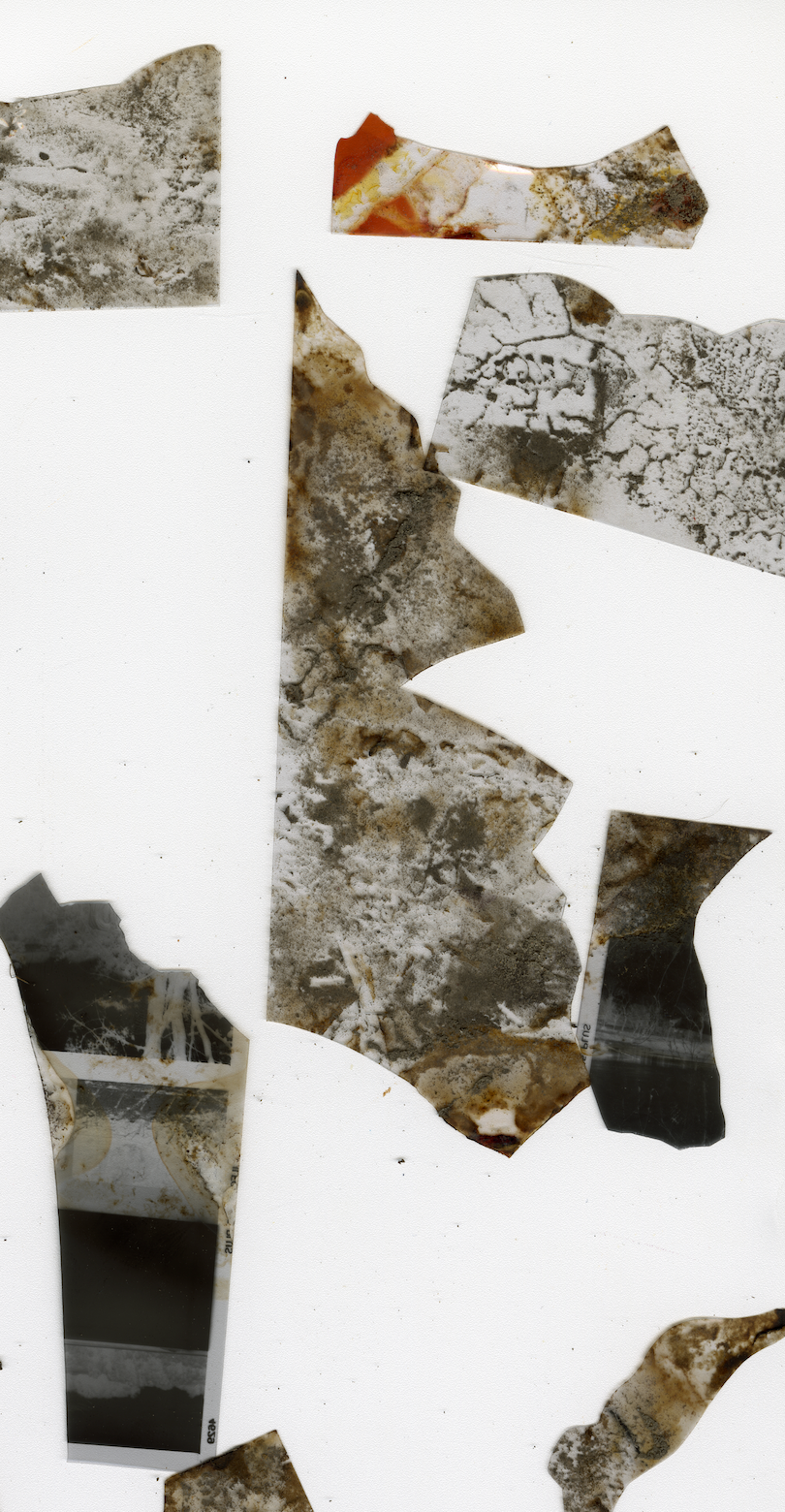
Reclaimed negatives out of Minnesota River water
Once deinstalling the exhibition, I scanned the negatives that were submerged in the tank during the 2 week period. Most of the imagery within the fragments deteriorated over time revealing the fragile condition of photographs well as the temporality of the landscape they documented.
Once deinstalling the exhibition, I scanned the negatives that were submerged in the tank during the 2 week period. Most of the imagery within the fragments deteriorated over time revealing the fragile condition of photographs well as the temporality of the landscape they documented.